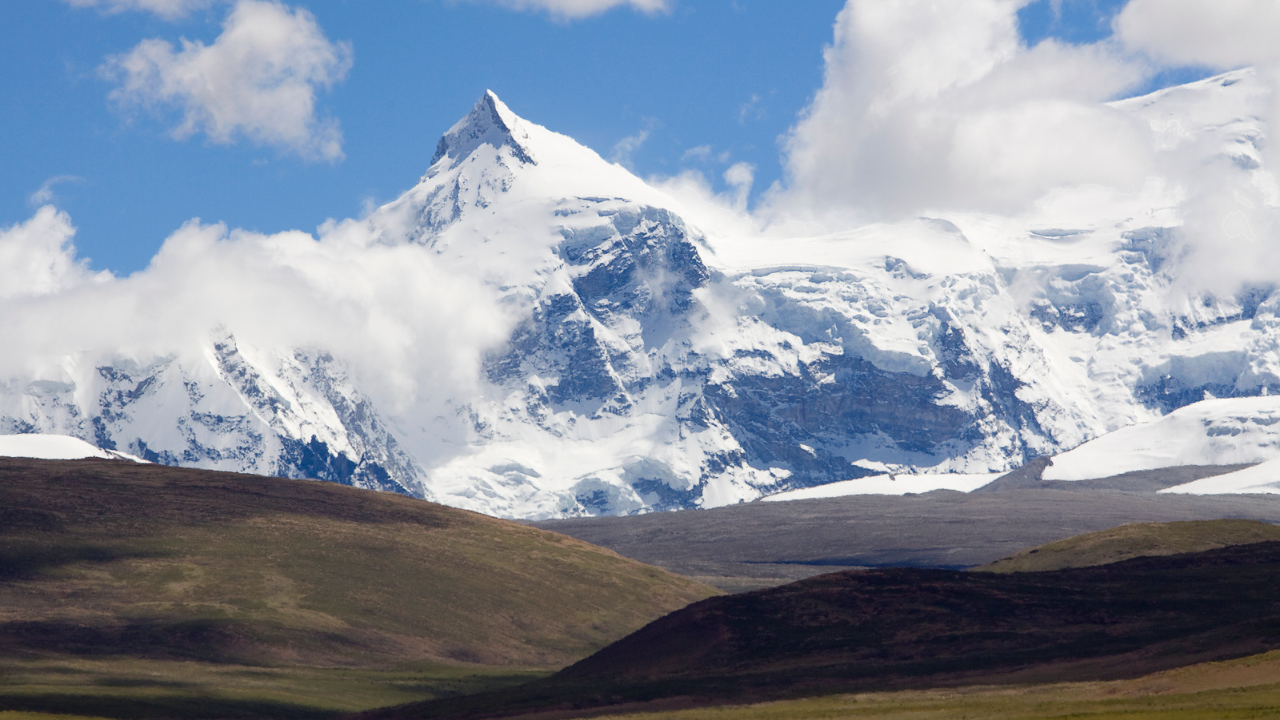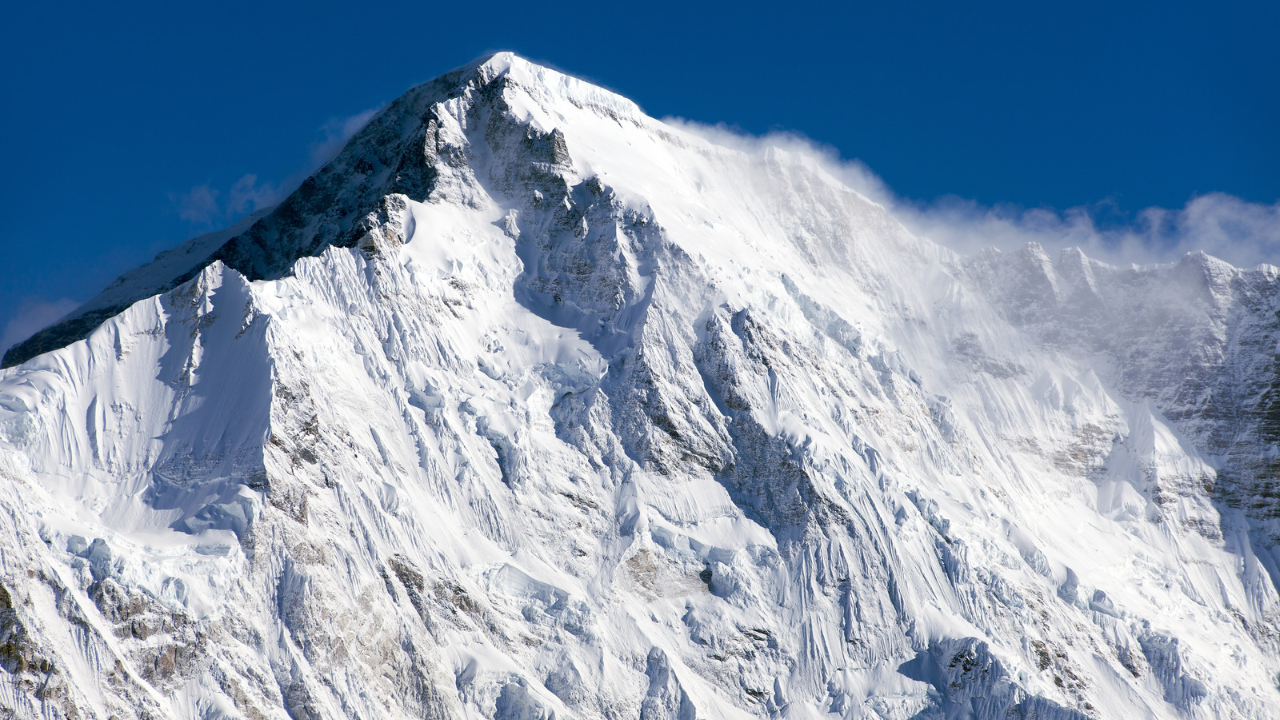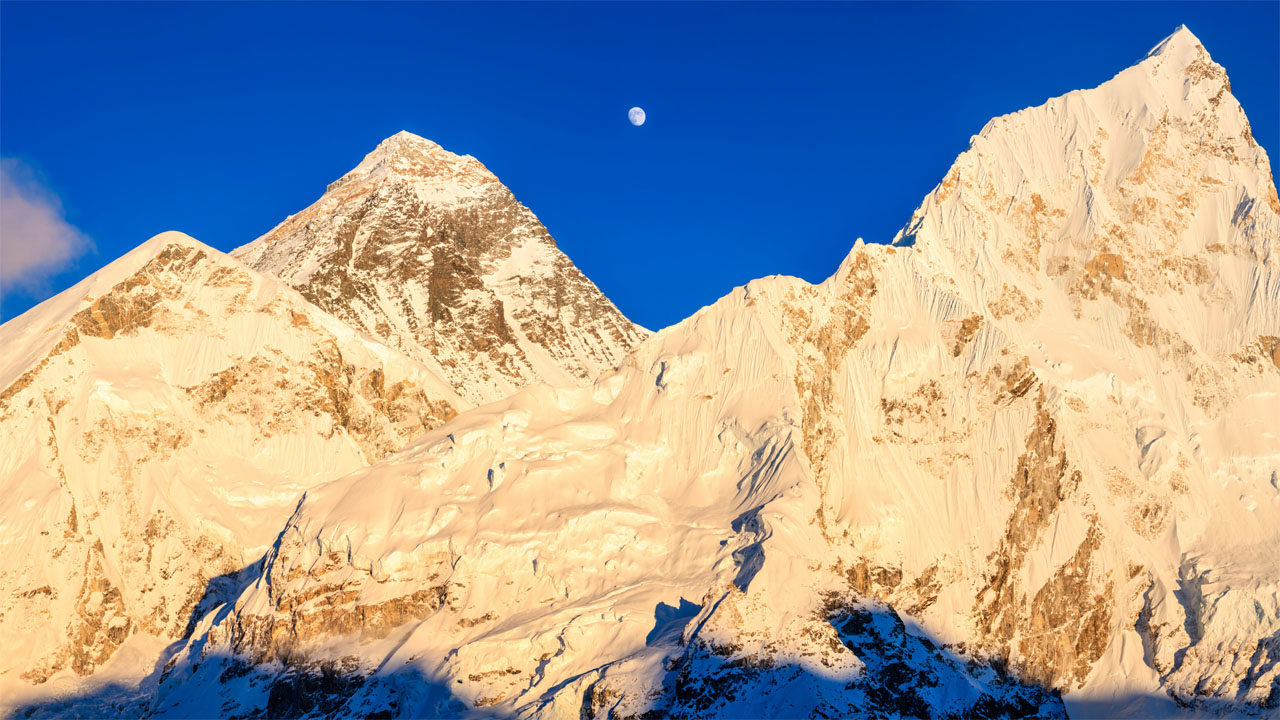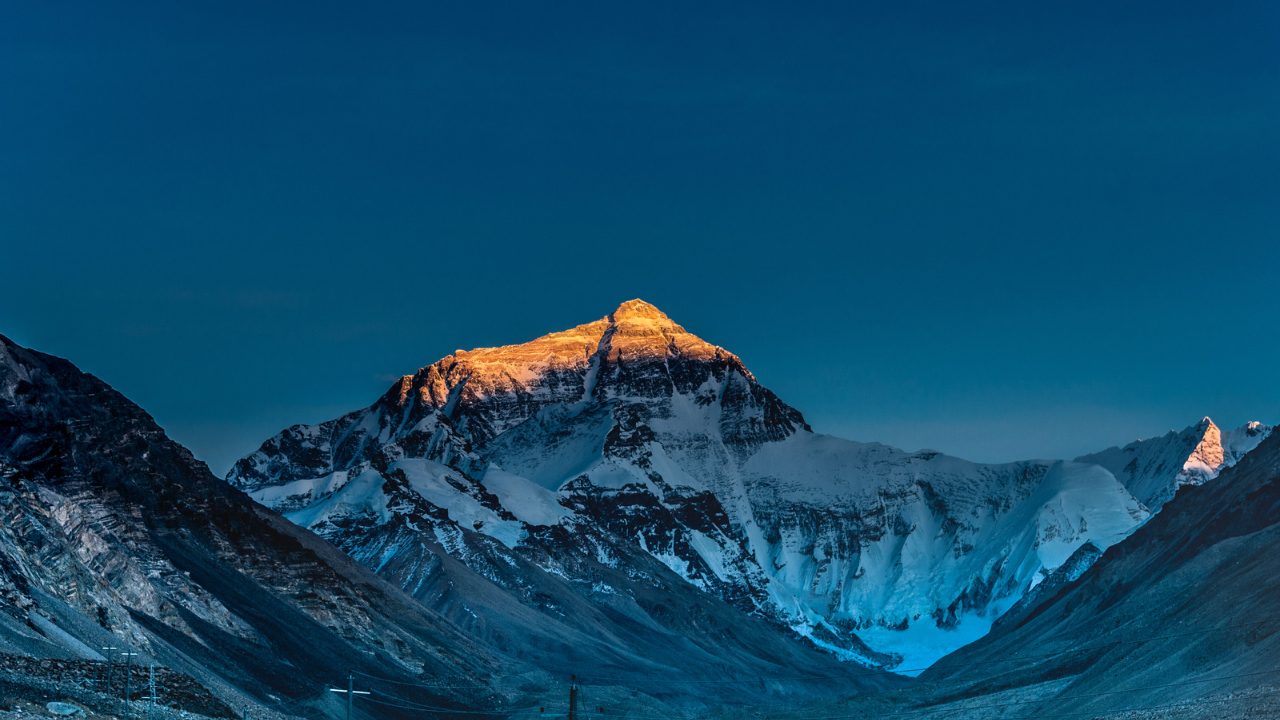Tibet, also known as the “Roof of the World,” is an autonomous region located in the heart of Asia on the Tibetan Plateau. With its awe-inspiring landscapes, rich cultural heritage, and spiritual significance, Tibet has captivated the imagination of travelers and adventurers for centuries.
Covering an expansive area of around 1.2 million square kilometers, Tibet is bordered by the Himalayas to the south and the Kunlun Mountains to the north. Its terrain is characterized by towering peaks, vast grasslands, deep valleys, and stunning lakes, including the iconic Yamdrok Lake and Namtso Lake. Mount Everest, the highest peak in the world, straddles the border between Tibet and Nepal, attracting mountaineers and adventurers from around the globe.
Tibet has a unique cultural and religious heritage deeply rooted in Tibetan Buddhism. The region is home to numerous monasteries, temples, and pilgrimage sites that showcase exquisite Tibetan architecture and serve as centers of spiritual devotion. The iconic Potala Palace in Lhasa, once the winter residence of the Dalai Lama, stands as a testament to Tibet’s rich history and religious significance.
The Tibetan people, with their warm hospitality and deep spirituality, have preserved their unique traditions and way of life. Tibetan Buddhism permeates all aspects of society, and festivals such as Losar (Tibetan New Year) and Saga Dawa (commemorating the birth, enlightenment, and passing of Buddha) are celebrated with great fervor and cultural significance.
The economy of Tibet primarily revolves around agriculture, animal husbandry, and tourism. Yak herding, barley cultivation, and traditional crafts play crucial roles in the livelihoods of many Tibetans. Tourism, driven by the region’s cultural and natural wonders, has seen significant growth in recent years. Visitors to Tibet can witness traditional Tibetan opera, explore ancient monasteries, engage in trekking and mountaineering adventures, and experience the unique nomadic lifestyle on the grasslands.
Tibet’s political status has been a subject of controversy and dispute. Since 1950, Tibet has been under the control of the People’s Republic of China. This has resulted in complex political dynamics and challenges related to cultural preservation and human rights.
Despite the challenges, Tibet’s majestic landscapes, ancient traditions, and spiritual aura continue to draw travelers seeking a unique and transformative experience. The region’s profound connection with Buddhism, its breathtaking natural wonders, and the resilience of its people make Tibet a place of profound beauty and spiritual exploration.
 $28500
$28500
37 DAYS BOOKING OPEN FOR 2026
 $29900
$29900
50 DAYS BOOKING OPEN FOR 2026
 $45000
$45000
60 DAYS BOOKING OPEN FOR 2026
 $40000
$40000
60 DAYS BOOKING OPEN FOR 2026